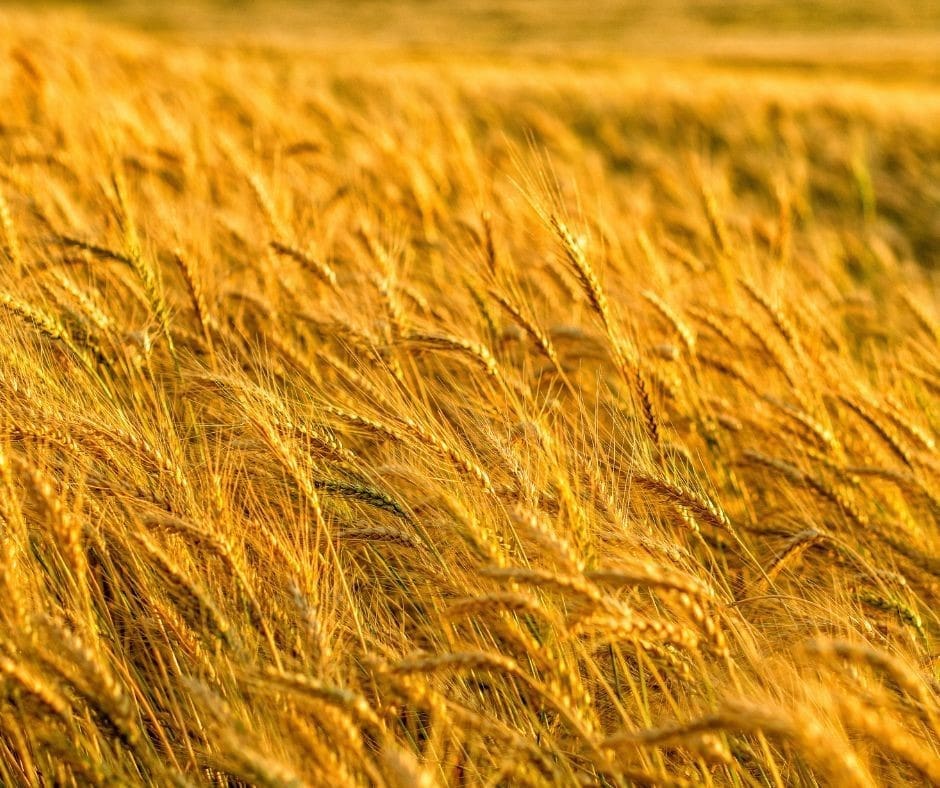By Trish Svoboda
This year, Kansas farmers are preparing for the 150th harvest of hard red winter wheat. This historic milestone traces back to the introduction of Turkey Red wheat by Mennonite farmers in 1874, a move that transformed Kansas into a major agricultural hub.
Bernard Warkentin, a Mennonite miller from Crimea, settled near Halstead in 1871 and introduced Turkey Red wheat seeds. This variety was first planted in Marion County in 1874. The arrival of 12,000 German Mennonites further accelerated the adoption of advanced farming techniques and the cultivation of Turkey Red wheat, including innovations like crop rotation, fertilizer use, and efficient threshing methods.
By 1919, Turkey Red wheat became the dominant crop, with over 82% of Kansas’ wheat fields being covered in it. Today, half of the state’s wheat varieties can be traced back to Turkey Red.
The harvest this summer is not just about gathering wheat, but also celebrating the impact of a variety that played a significant role in shaping agricultural history.













